
In Japan, there are several words to express "laughter". Did you know that Japan has a designated day to celebrate laughter? In this article, we will delve into Japan's "Day of Laughter," provide information on related events, and explore some cultural aspects of laughter in Japan.
Japanese Cultural Context of "Laughter"
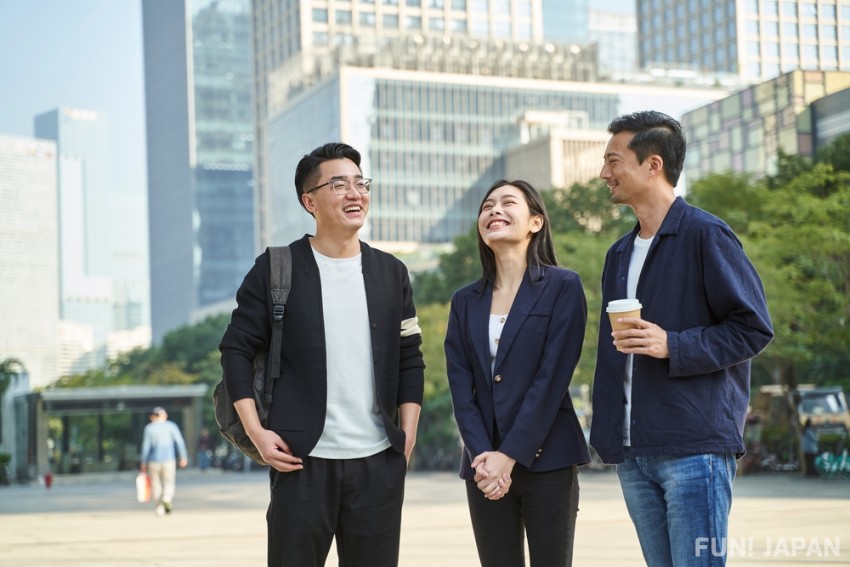
Before we unravel the details of the "Day of Laughter," let's introduce two cultural aspects related to laughter in Japan.
Japanese expressions of "laughter"
In Japanese, there are many vocabularies for "laughter". Although the term "warai" (laughter) can generally cover all types, the underlying emotions and situations bring about distinct expressions:
- Aiso Warai (Forced Laughter): A polite smile used to ingratiate oneself with others.
- Usu Warai (Thin Laughter): A faint smile without sound.
- Shinobi Warai (Stealthy Laughter): A quiet, suppressed laugh.
- Taka Warai (Loud Laughter): A loud, uninhibited laugh.
- Niga Warai (Bitter Laughter): A wry smile, often used when feeling uncomfortable or perplexed.
- Omoidashi Warai (Reminiscent Laughter): Laughing at a past memory.
- Tere Warai (Embarrassed Laughter): A bashful laugh stemming from embarrassment.
- Sesera Warai (Mocking Laughter): A mocking laugh intended to belittle someone.
- Bakusho (Roaring Laughter): Burst of laughter or uproarious laughter.
- Bisho (Smile): A gentle smile.
- Shissho (Inappropriate Laughter): An involuntary laugh in an inappropriate situation.
- Reisho (Cold Laughter): A scornful laugh, often showing disdain.
- Chosho (Derisive Laughter): A derisive laugh, used to mock or ridicule someone.
Reflections on Japanese Laughter: Lafcadio Hearn (Koizumi Yakumo)'s "The Japanese Smile"
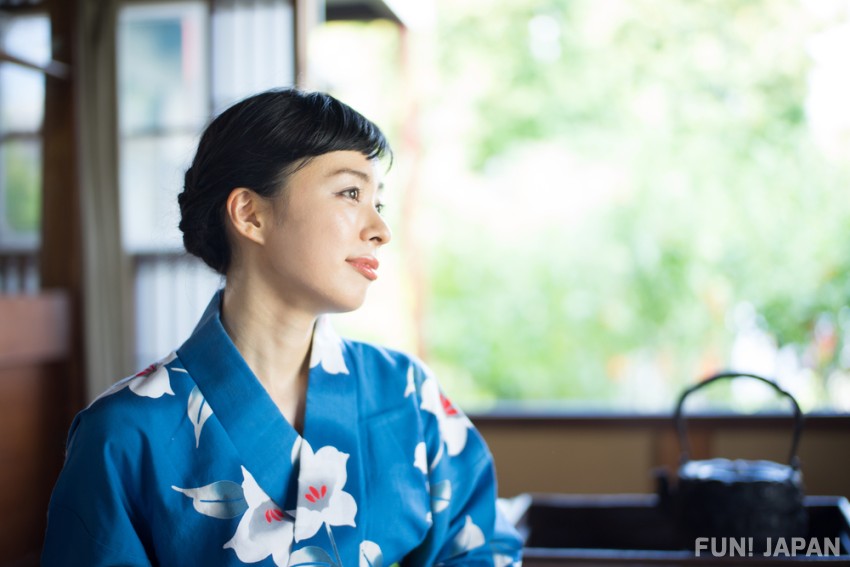
Lafcadio Hearn, also known as Koizumi Yakumo, was a writer who came to Japan during the Meiji era (1868-1912) and spent the rest of his life there. He penned an essay titled "The Japanese Smile," where he highlighted an intriguing aspect of Japanese culture: the smile of the Japanese people. This expression, often misunderstood by foreigners, could even lead to "extremely unpleasant incidents."
The smile of a rickshaw man who was hit with the handle of a whip in Hiroshima, a maid who laughed while showing the urn of her deceased master, an "old samurai" who bowed his head in anger but still wore a smile... Why can the Japanese smile so much - Hearn analyzed this "Japanese smile" as a kind of "etiquette", and stated the following.
The Japanese can smile even in the face of death. Indeed, they do so. However, whether they smile in the face of death or on other occasions, it is for the same reason. There is neither a sense of defiance nor hypocrisy in their smile. Therefore, it should not be confused with a smile of gloomy resignation, which we might interpret as stemming from a weakness of character.
The Japanese smile is a carefully crafted and long-nurtured etiquette. It is also a silent language. However, attempting to understand its meaning by applying the concepts of expressions and gestures from Western culture will not work. This is akin to trying to read Chinese ideograms, which, to us Westerners, seem familiar or unfamiliar in shape, and attempting to understand them based on that resemblance. (Source: Masayuki Ikeda, trans. "New Edition: Glimpses of Unfamiliar Japan", Kadokawa Shoten, 2000, pages 302-303)
Lafcadio Hearn's warm perspective on accepting the incomprehensible practices of people from different cultural backgrounds with an "open mind" is truly remarkable. In the latter part of his essay, Hearn delves into the lives of ordinary Japanese people to understand the "Japanese smile" further. For those intrigued by the continuation, I highly recommend picking up Hearn's work.
Researching laughter? "The Japan Society for Laughter and Humor Studies"
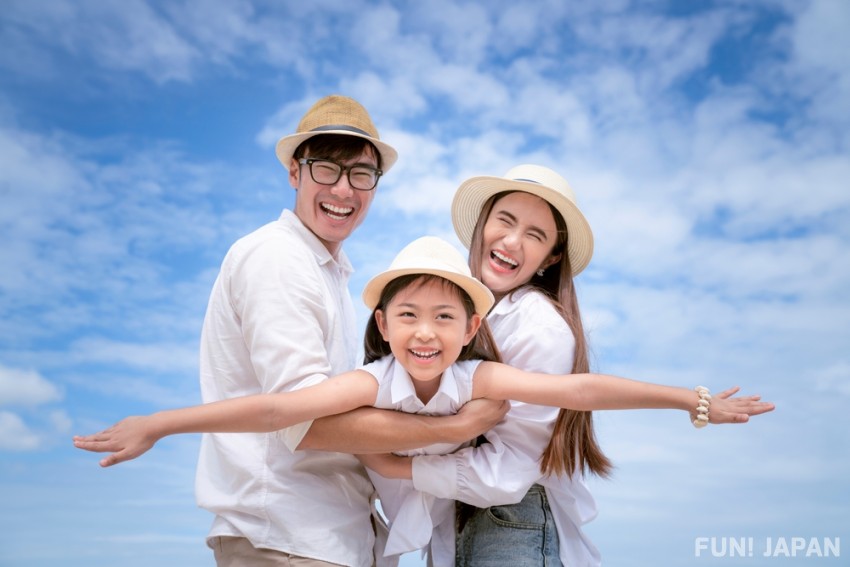
In Japan, there is an organization called "The Japan Society for Laughter and Humor Studies", which was established in 1994. According to their website, their aim is to conduct comprehensive research on "laughter and humor," deepen the understanding of laughter, and contribute to the cultural development of laughter. The society also seeks to promote interdisciplinary exchange across various fields such as philosophy, psychology, literary studies, anthropology, and medicine, aiming for a holistic study of laughter.
The society has 700 members and holds study sessions in various departments like "The Theory of Laughter," "Laughter and Regions," "Laughter and Arts & Entertainment," "Laughter and Health," and "Laughter and Communication." They also offer monthly "open lectures" by broadcast writers, rakugo storytellers, and university professors. If you're interested, be sure to check out their information.
👉Japan Laughter Studies Association
The Establishment of Japan's "Day of Laughter"

In Japan, "Day of Laughter" is designated as August 8. This commemorative day was established in 1994 by the "Society for Creating the Day of Laughter," which was initiated by the Japan Longevity Association, the same organization that spearheaded the establishment of "Respect for the Aged Day" in 1966. The choice of August 8 as the Day of Laughter is based on the Japanese reading of "ha (8)" and "ha (8)" mimicking the sound of laughter ("ha-ha").
Interestingly, there is also a separate commemorative day known as "World Laughter Day." This day was proposed in 1998 by Dr. Madan Kataria, the founder of Laughter Yoga, which incorporates laughter into traditional yoga breathing exercises for health benefits. World Laughter Day is celebrated on the first Sunday of May each year.
Events Related to the "Hokkaido Residents' Day of Laughter"
In Hokkaido, August 8 is particularly known as the "Hokkaido Residents' Day of Laughter." According to the "Guidelines for Establishing the Hokkaido Residents' Day of Laughter," implemented in 2016, this commemorative day was established to highlight the significant health benefits of laughter as part of efforts to extend healthy life expectancy. The week from August 8 to 14 is designated as "Hokkaido Residents' Day of Laughter Promotion Week," with various events held to promote health through laughter among residents.
Conclusion: Continuing Traditions of "Laughter" Festivals?
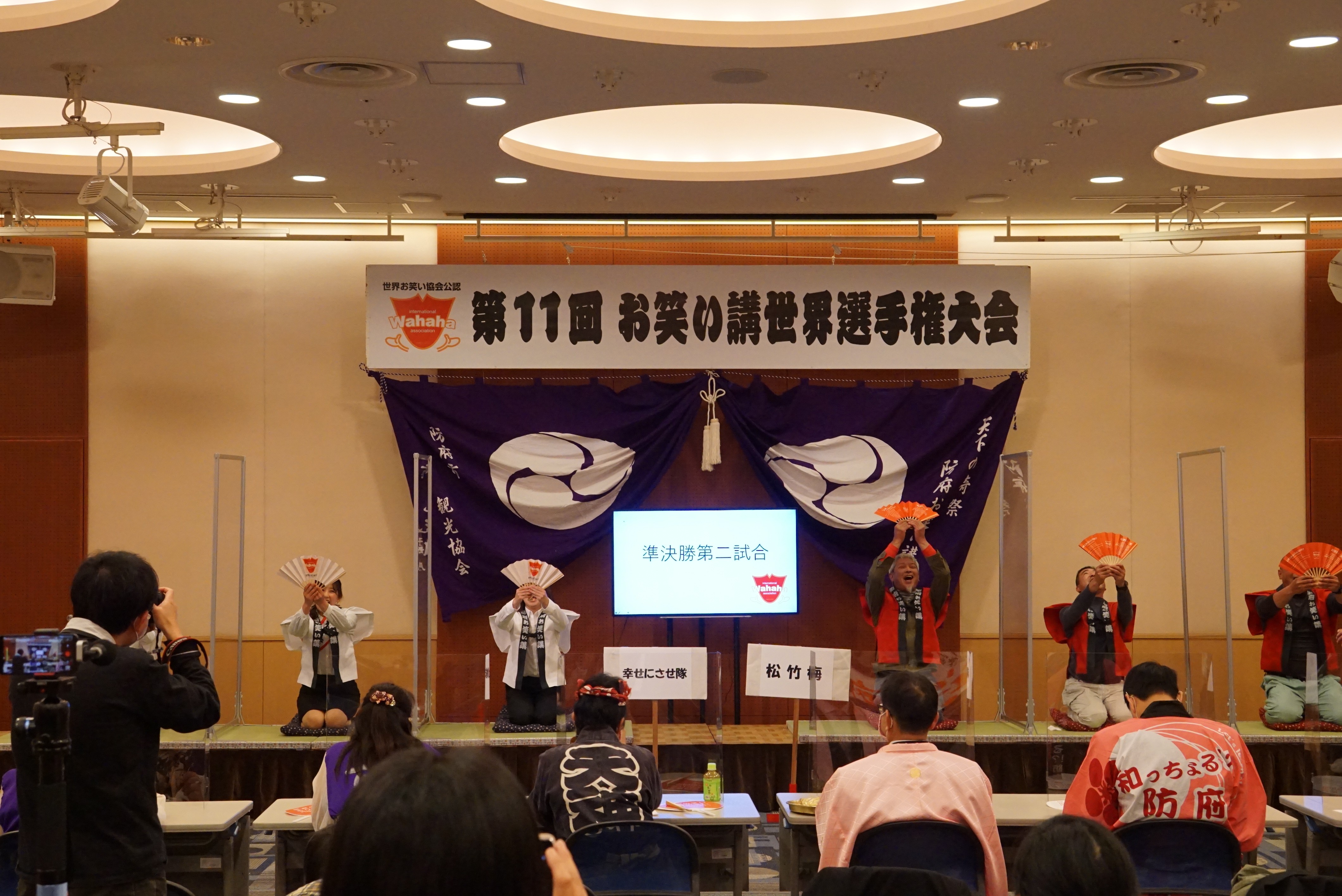
We've explored the cultural aspects of "Day of Laughter" in Japan, information about events related to the "Hokkaido Residents' Day of Laughter," and other laughter-related traditions. While not directly related to the Day of Laughter, unique traditional festivals related to laughter continue to be held across Japan.
One such unique festival, known as the "Laughing Ritual," is held in the Omata district of Ouchi, Hofu City, Yamaguchi Prefecture. In this ritual, people dressed in formal hakama laugh three times while holding sakaki branches, expressing gratitude for the year's harvest and praying for a bountiful crop the next year. This robust laughter, displayed by people in traditional Japanese attire, is truly fitting for the title of a "unique festival."
According to the "Hofu City Tourism Information Portal Site," this ritual is scheduled to be held on December 1, 2024. It will be interesting to see what kind of hearty laughter we can witness at this year's Laughing Ritual. We look forward to the reports and footage of this event.

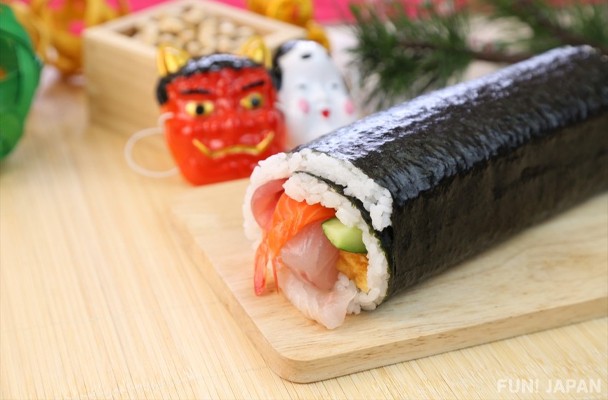
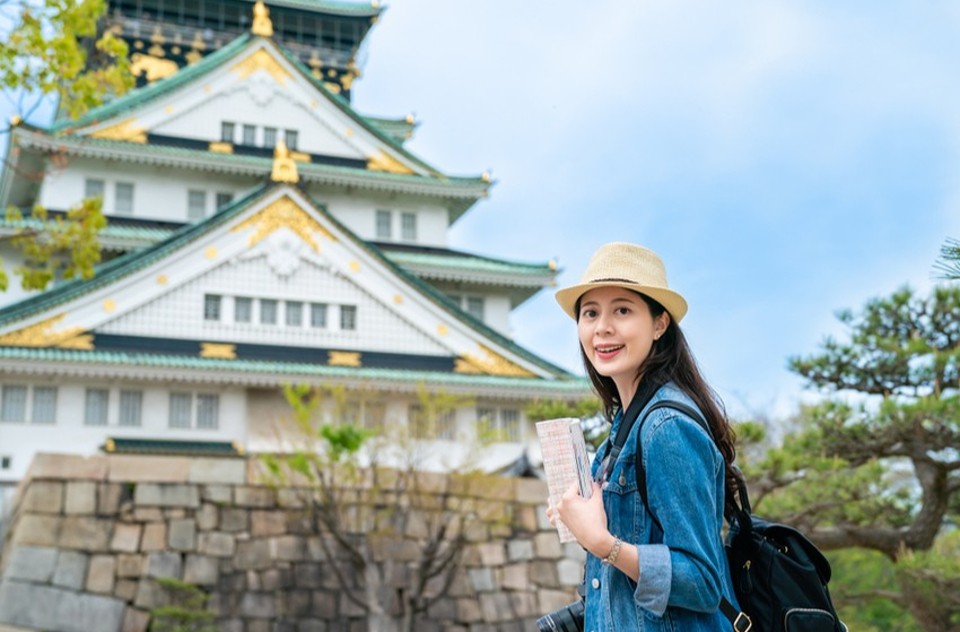

Comments